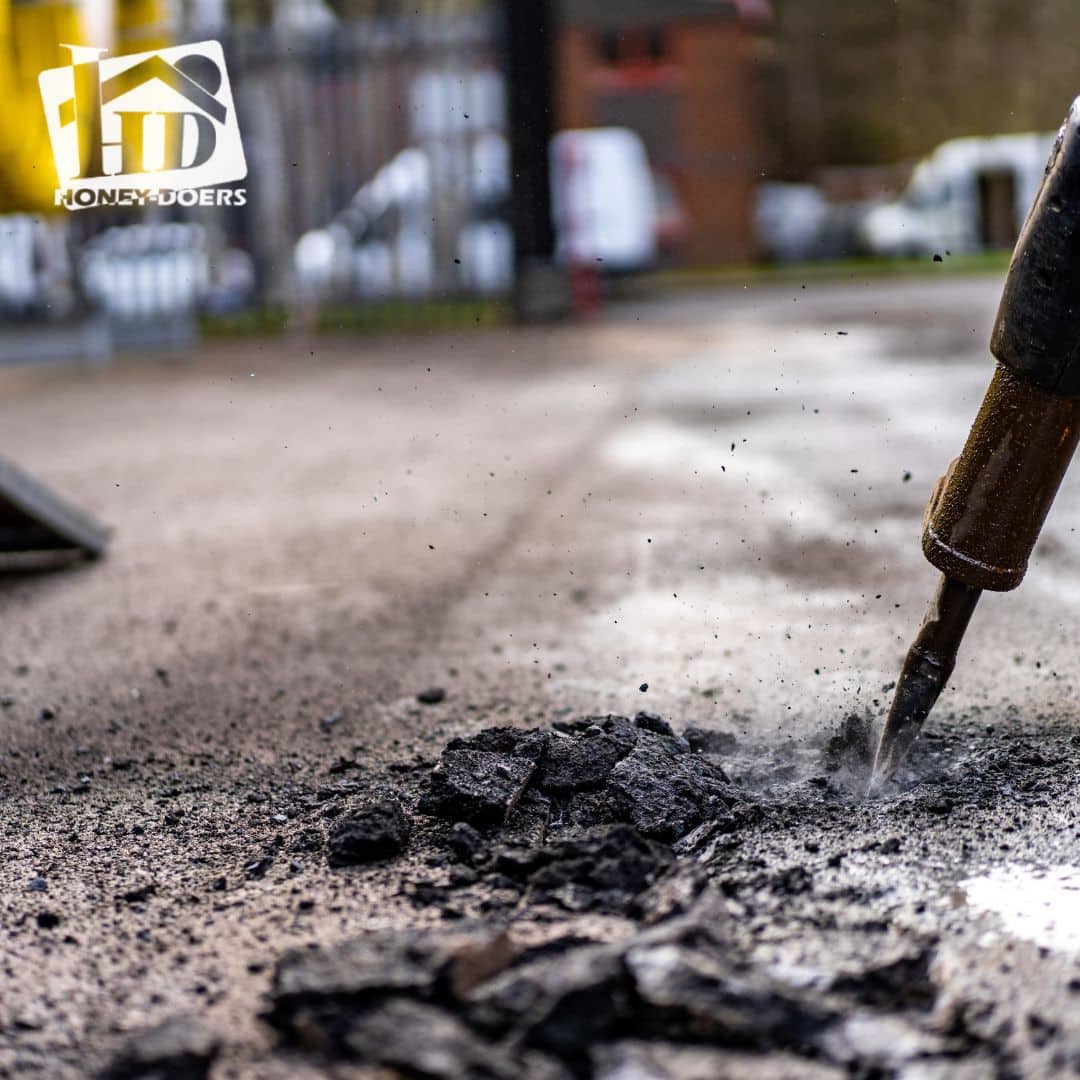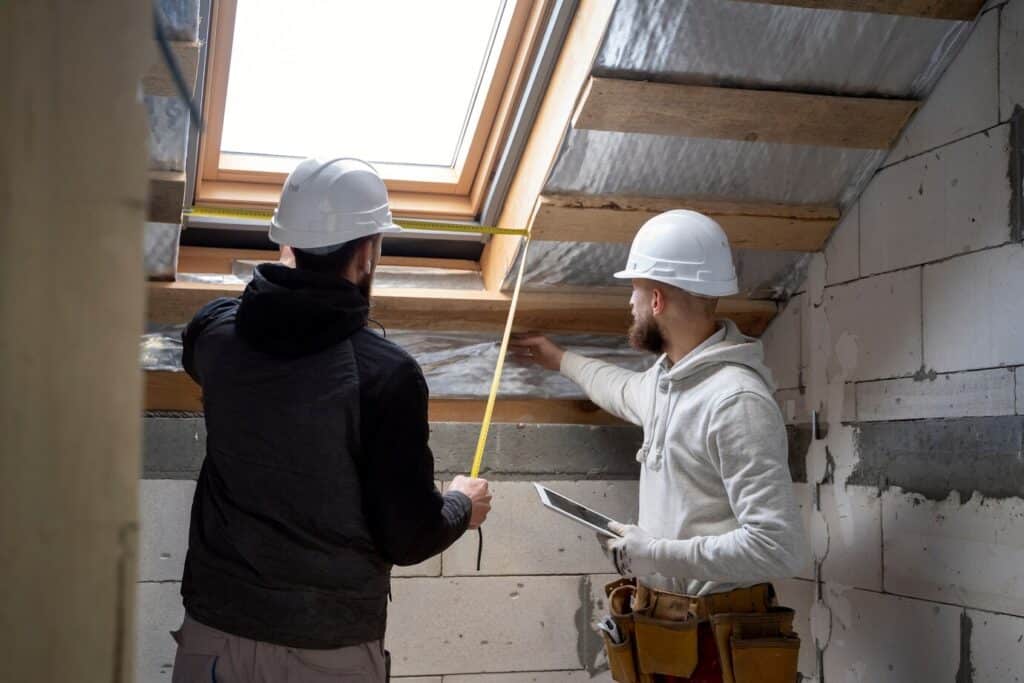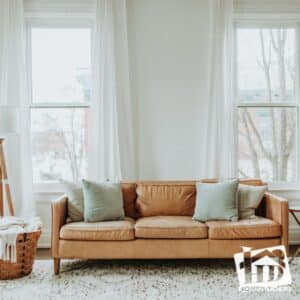Introduction: Why Soundproofing Matters for a Healthier Home
Noise pollution isn’t just annoying—it affects both mental and physical health. Constant exposure to excessive noise can increase stress, disrupt sleep, reduce focus, and even contribute to long-term health issues like high blood pressure and anxiety.
For many homeowners, noisy neighbors, barking dogs, and street traffic disturb the peace they seek at home. Without proper sound control, it’s difficult to concentrate during the day or sleep well at night.
Fortunately, soundproofing strategies can help. From high-density insulation and upgraded windows to soundproof curtains and solid-core doors, simple upgrades can reduce indoor noise and create a more peaceful environment. Whether you need quick fixes or long-term solutions, making the right design choices can lead to a quieter, more relaxing home.
Use High-Density Insulation for Maximum Noise Reduction
Insulation doesn’t just regulate temperature—it also absorbs and blocks sound, preventing noise from traveling between rooms or from outside. This is especially useful for bedrooms, home offices, nurseries, and home theaters.
For maximum noise reduction, choose high-density insulation materials like mineral wool (Rockwool), which is more effective than standard fiberglass. Acoustic foam panels work well in media rooms and recording spaces, while blown-in cellulose insulation is an eco-friendly choice that minimizes airborne noise.
The best time to install insulation is during construction or renovations, but it can also be retrofitted into walls, ceilings, or floors using blown-in insulation or acoustic panels. This upgrade not only creates a quieter home but also improves energy efficiency.
Upgrade to Insulated Doors and Windows for a Quieter Home
Windows and doors are common entry points for unwanted noise. Many homes still have single-pane windows and hollow-core doors, which allow sound to travel freely.
Upgrading to double-pane or triple-pane windows significantly reduces outside noise. These multi-layered windows, separated by gas-filled spaces, dampen sound vibrations before they enter. For homeowners in noisy environments, triple-glazed windows offer the best protection.
Replacing hollow-core interior doors with solid-core doors also helps block sound between rooms. Sealing small gaps around door frames with weather stripping prevents additional noise from leaking through. These insulated upgrades not only improve home soundproofing but also enhance energy efficiency by reducing heat loss.
Soundproof Curtains for a Quick and Effective Noise Reduction
For an affordable and simple noise-reduction solution, soundproof curtains help block sound waves from entering or leaving a room. While they aren’t as effective as insulated windows or doors, they provide instant improvement in acoustics.
In addition to minimizing noise, soundproof curtains act as blackout curtains, blocking excess sunlight and improving sleep quality. Lined with dense materials like polyester or thermal-insulated fabric, they also help regulate indoor temperatures.
Ideal placement includes windows facing noisy streets or room dividers in open spaces to minimize echo. When paired with acoustic panels or rugs, they further enhance noise reduction.
Seal Gaps and Cracks to Prevent Sound Leaks
Even the best insulation and doors won’t work if small gaps allow sound to travel freely. Over time, homes develop cracks that allow noise, air drafts, and even pests inside.
Sealing gaps around window and door frames with caulk or weatherstripping helps prevent sound from seeping in. Foam gaskets behind electrical outlets and expanding foam insulation around vents, switch plates, and baseboards also reduce noise transmission.
Addressing these often-overlooked sound leaks makes a noticeable difference, creating a quieter home with improved energy efficiency.
Install Solid-Core Doors to Block Noise
Most standard interior doors are hollow-core, meaning they allow sound to travel easily. Replacing them with solid-core doors significantly reduces noise between rooms.
Solid-core doors are denser and heavier, blocking sound rather than letting it pass through. They are especially beneficial in bedrooms, home offices, and media rooms.
To further boost soundproofing, install weatherstripping around the door frame and add an automatic door sweep at the bottom. This tightens the seal and prevents noise from leaking through gaps. Beyond noise reduction, solid-core doors also enhance home durability and insulation, making them a worthwhile long-term investment.
Soften Indoor Noise with Carpets and Rugs
Hard flooring like tile, hardwood, or laminate reflects sound, making noise seem louder and more disruptive. Adding carpets and rugs absorbs sound waves, reducing echoes and minimizing indoor noise.
For multi-story homes, wall-to-wall carpeting helps muffle footsteps and impact noise between floors. If full carpeting isn’t an option, thick area rugs with dense padding are an excellent alternative. Cork flooring also provides natural sound absorption while being eco-friendly.
For maximum effect, homeowners can layer fabric wall panels, upholstered furniture, and curtains to further soften sound reflections and create a quieter, more comfortable home where you can become more connected with your family.
Use Bookshelves as Functional Sound Barriers
Bookshelves aren’t just for storage—they act as natural sound barriers by absorbing and deflecting sound waves. A full bookshelf against a shared wall helps block noise, making it especially useful for apartments, home offices, and shared spaces.
For the best results, opt for floor-to-ceiling bookshelves, which provide more coverage and insulation. Filling shelves with hardcover books, decorative boxes, and woven baskets further reduces sound reverberation.
For extra noise reduction, homeowners can line the back of bookshelves with sound-absorbing foam panels or acoustic fabric. This simple upgrade enhances soundproofing while adding functionality and aesthetic appeal. Soundproofing with bookshelves can change the feel of your home without a major remodel.
Add Plants for Natural Soundproofing
Plants provide more than visual appeal—they also act as natural sound barriers, absorbing and diffusing noise. Their leaves, stems, and soil help break up sound waves, making them an eco-friendly option for home noise reduction.
For indoor spaces, tall, dense plants like rubber trees and fiddle-leaf figs work well in living rooms and hallways. Hanging plants, such as pothos or ferns, further reduce echo and soften room acoustics. Moss walls or vertical gardens offer a more decorative yet functional solution.
Outdoors, thick hedges, evergreen shrubs, and bamboo create a first line of defense against street noise and loud neighbors. Living walls (green walls) provide both soundproofing and exterior beauty.
By incorporating plants into a home’s soundproofing strategy, homeowners can create a quieter, more serene living space while improving air quality and aesthetics.
Conclusion: Let Honey-Doers Help You Soundproof Your Home
A quiet home is a healthy home, providing better sleep, relaxation, and focus. Whether you’re dealing with street noise, neighbor sounds, or indoor echoes, the right soundproofing solutions can transform your living space.
From high-density insulation and solid-core doors to noise-reducing windows, sound-absorbing rugs, and natural sound barriers, there are many ways to minimize unwanted noise. Whether you prefer quick solutions like soundproof curtains or major upgrades like triple-pane windows, each step helps create a calmer, more comfortable home.
At Honey-Doers Remodeling, we help homeowners integrate soundproofing materials seamlessly into their renovations. Whether you’re upgrading a single room or remodeling your entire home, our team ensures your space is quieter, more comfortable, and energy-efficient.
Contact us today to explore the best soundproofing solutions tailored to your home.






